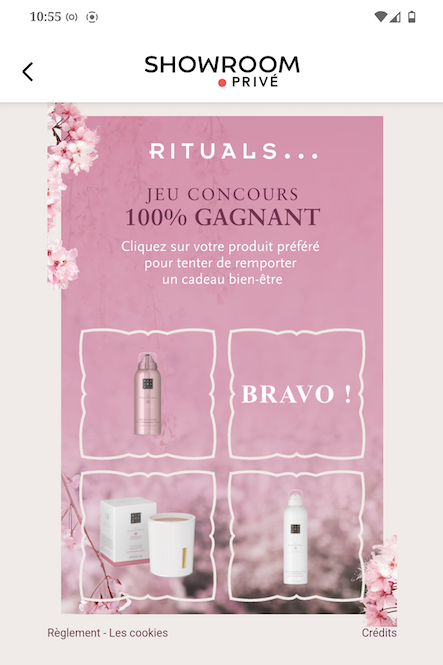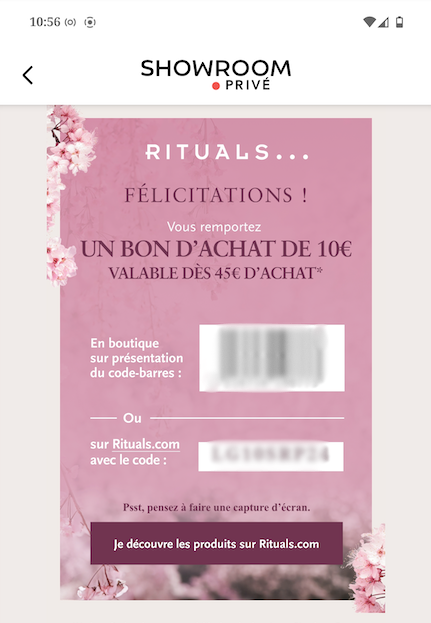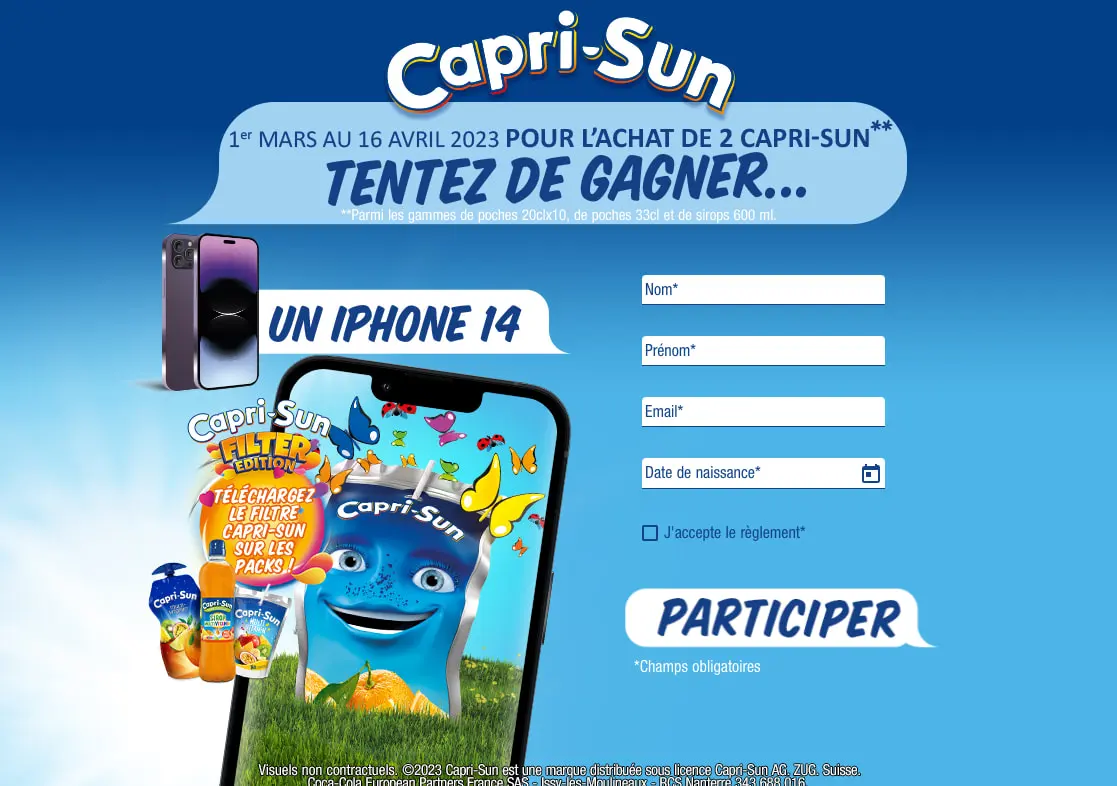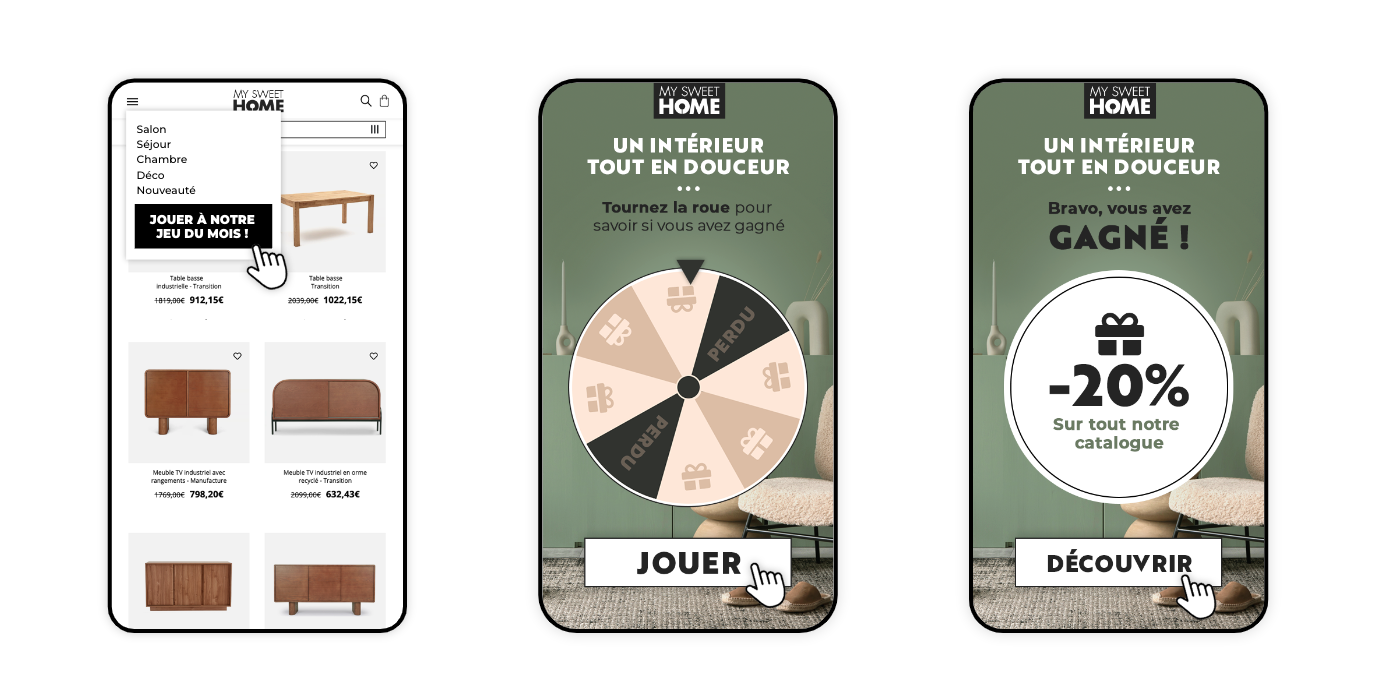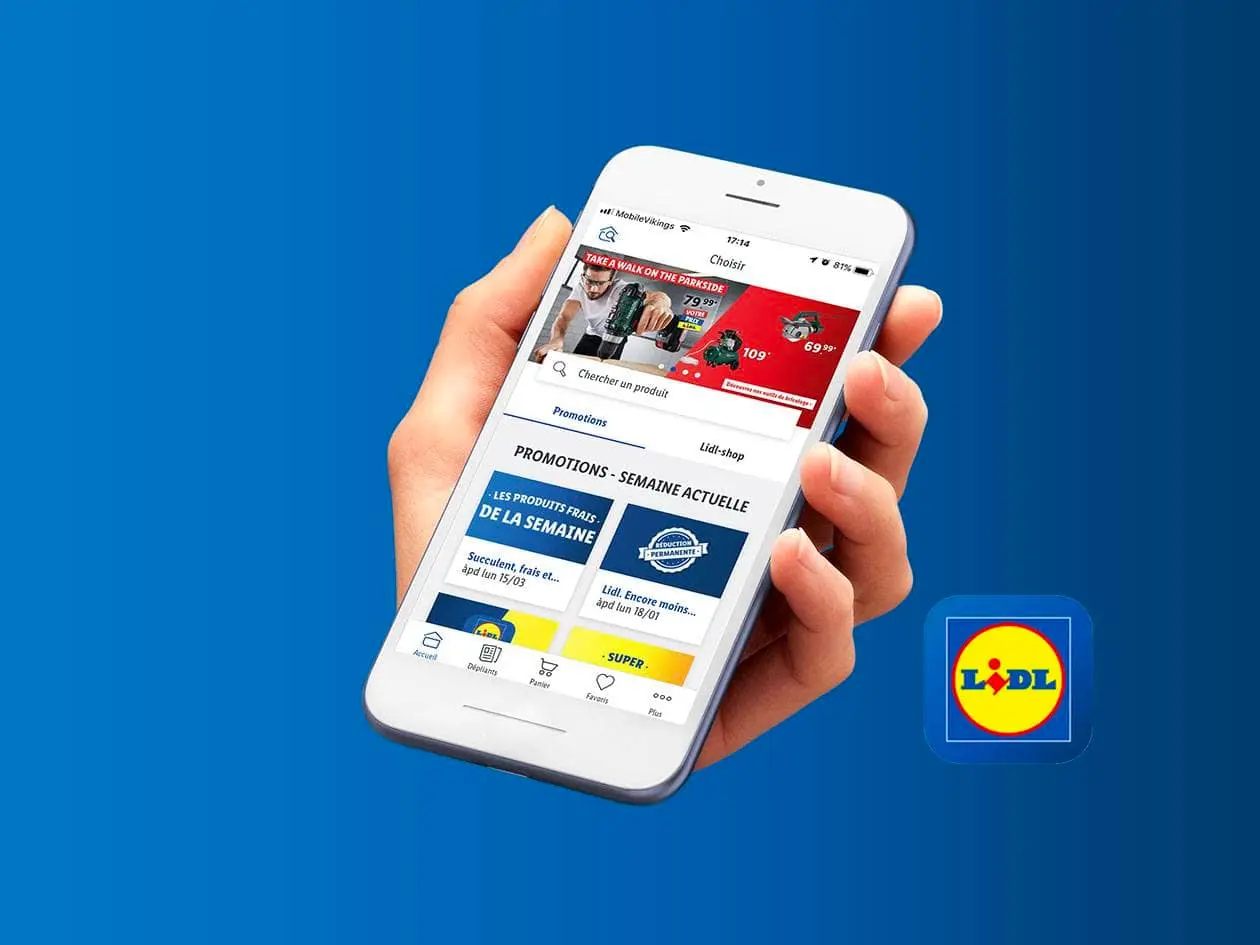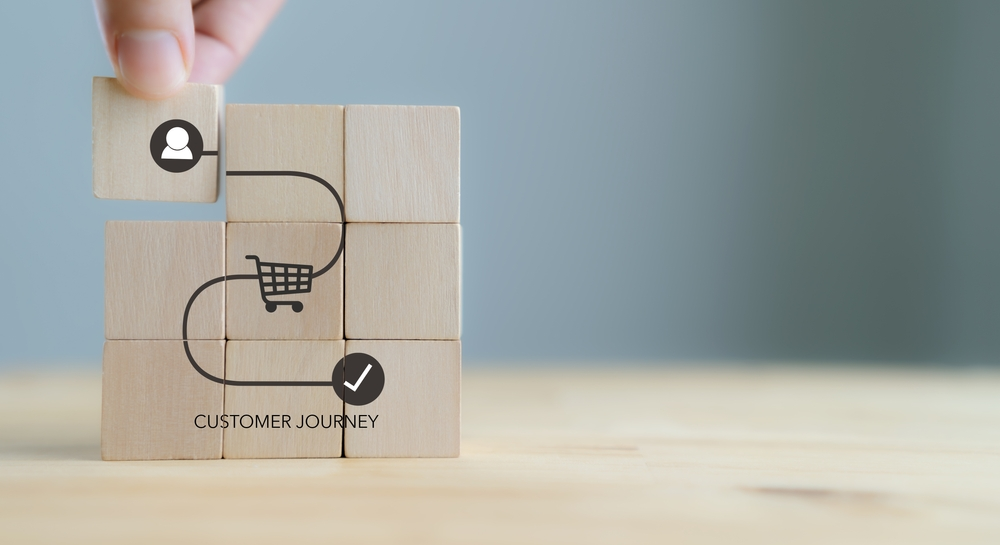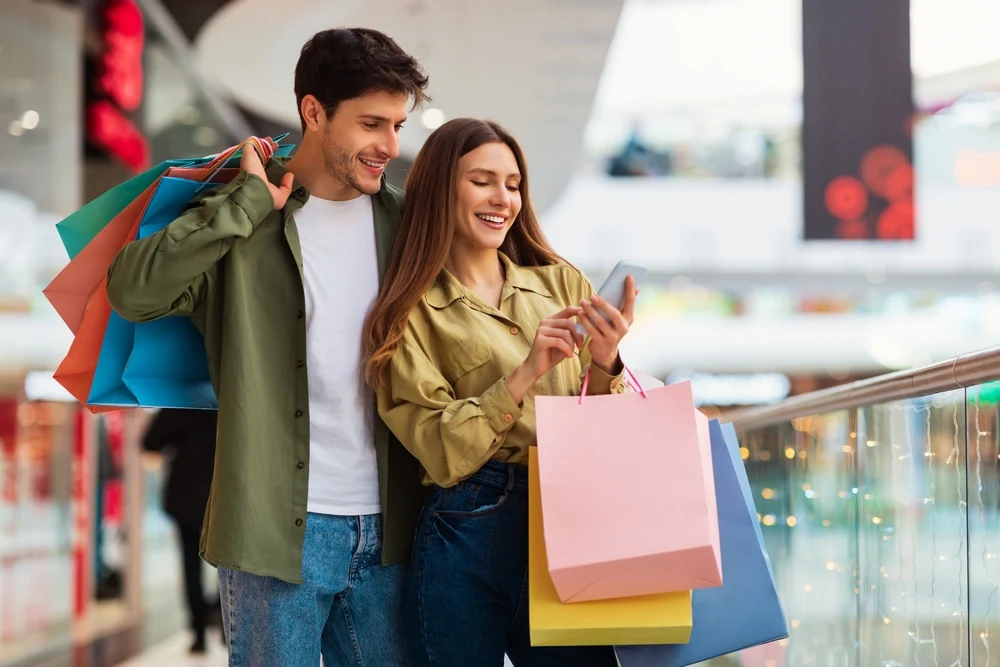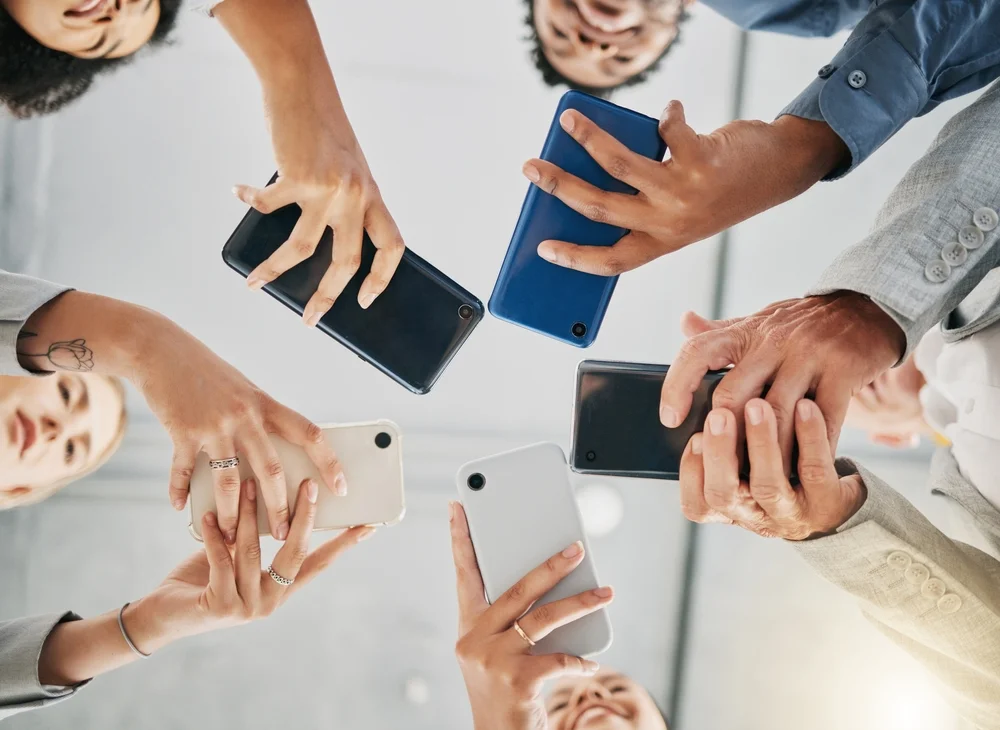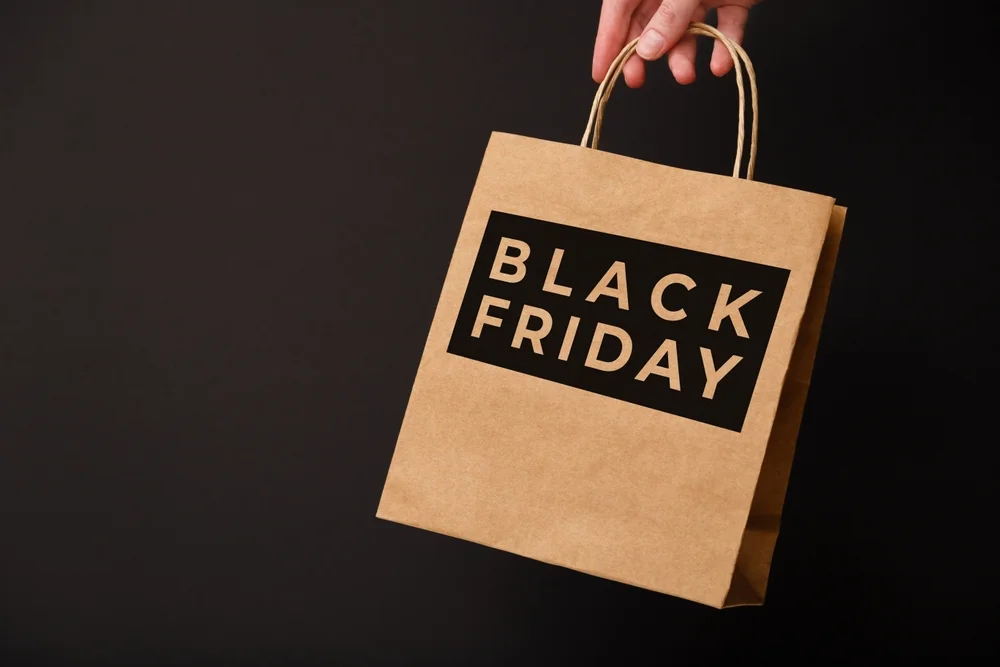
3 black friday marketing strategies to boost sales
Black Friday is an essential highlight in the brand marketing calendar. Every year, more than 70% of consumers say they make purchases on this occasion, taking advantage of the exceptional promotions offered by retailers.
Imported from the United States this trade festival is becoming increasingly popular in France and abroad..
Il est donc très pertinent pour les marques de se positionner sur ce temps fort et de créer une stratégie marketing Black Friday efficace, qui leur permettra de recruter et convertir de nouveaux clients.
In this article, we take a look back at the main issues that companies need to prepare for in order to succeed with their Black Friday marketing campaigns. We also share some effective and original ideas to boost sales and prepare offers for the festive season.
Les enjeux marketing du Black Friday
Black Friday is no ordinary trade fair. It offers companies a unique opportunity to hire new prospects and re-engage their existing customers (in the same way as sales). But the special feature of the Black Friday is that is takes place at a particularly strategic time of year.
It is indeed the last weekend of november the final stretch before Christmas shopping. Generally speaking, the 4th quarter of the year (the months of October/November/September) is a strategic time for companies, who generate 20 to 30% of their annual sales during this period.
Black Friday’s marketing challenges are therefore unique and brands have the opportunity to implement a strategy that will enable them to target the following four marketing objectives.
Stand out from the competition
An increasing number of companies are offering Black Friday deals. Brands must therefore redouble their efforts to make their campaign visible to their target audience
To capture attention, they won’t be able to rely solely on exceptional discounts (if they want to control the ROI of their Black Frday campaign). They’ll have to rely on other levers of visibility, such as originality and interactivity. Companies can set themselves apart by organizing a marketing competition, for example.
Engaging consumers at the right time
Brands are tending to communicate their Black Friday offers earlier and earlier. By spacing out their marketing campaign over several days, or even weeks, they can create a teasing effect and better manage consumer expectations .
Its also an effective approach to staying top of mind the big dayand guide shoppers more effectively towards the offers/products that best meet their expectations. The key is to strike the right balance to avoid advertising fatigue (and audience fatigue) by offering a variety of advertising formats that maintain engagement right through to Black Friday. A multi-channel approach will also be essential to reach consumers wherever they are.
Propose relevant offers based on customer preferences
To convert, Black Friday marketing campaigns can’t just play on discount percentages. They can also precisely target consumers’ product preferences, offering them a recommendation of items or services they are more likely to want to buy.
This means collecting, in advance of Black Friday, relevant customer data on favorite product categories, but also on the marketing channels, payment methods and delivery options that buyers intend to prioritize. To achieve this, brands can rely on marketing games such as Battle or Gift Finder.
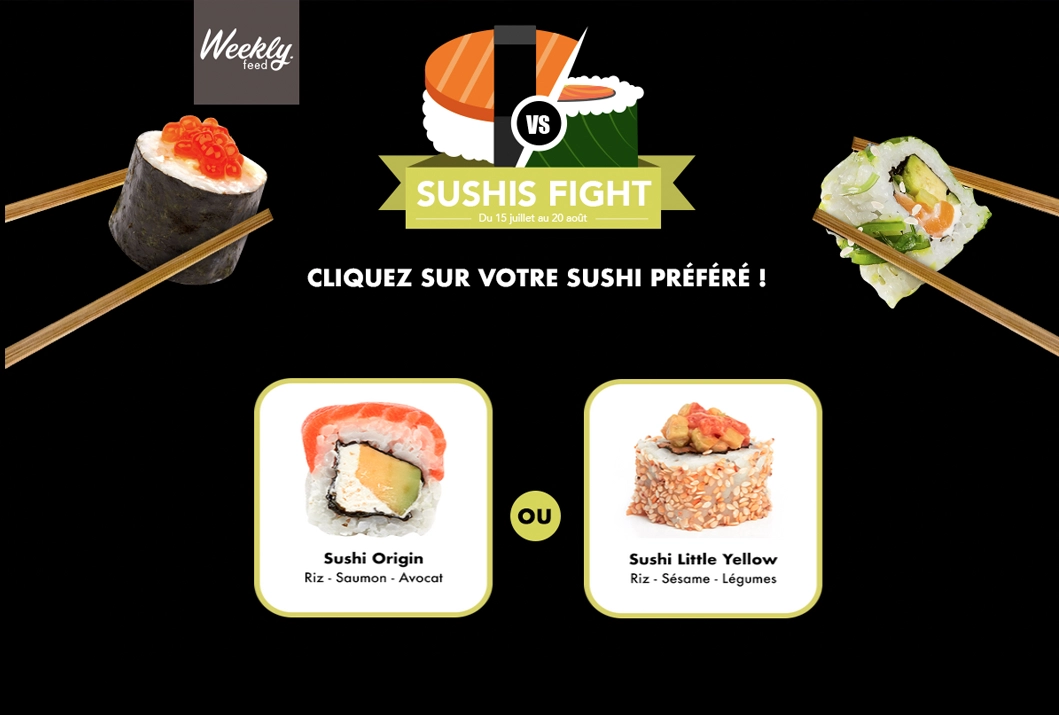
Collect opt-ins and build loyalty to boost repeat purchases
As we’ve already mentioned, Black Friday is the start of a particularly intense period for consumers..
La fête commerciale se déroule en effet juste avant le Cyber Monday (qui a lieu le lundi suivant) et Noël.
To boost sales throughout this period, it’s very important that brands take advantage of Black Friday to collect opt-ins. Black Friday marketing formats can be used to this end (via a simple opt-in form, for example).
Brands can also take advantage of this opportunity to continue collecting customer preference (with a survey or swiper, for example), to optimize future campaigns. They can also encourage engaged prospects to create a customer account or download their application to boost their re-purchase rate for the rest of the year.
3 marketing campaign ideas to boost Black Friday sales
Gamification is a relevant lever for meeting the challenges of a Black Friday marketing strategy.
Depending on the brand’s objectives, these interactive and entertaining formats can help to achieve the following goals:
- Recruit qualified leads and optins to develop your customer database;
- Engage existing customers using games to showcase products and support promotions
- Increase sales by encouraging consumers to make a purchase in-store or on the e-commerce site.
1. Recruter des leads avec un instant gagnant
Simple mechanics such as Instants Gagnants are ideal for recruiting new leads and collecting optin. before or during Black Friday. Red By SNCF, for example, relied on the One-armed Bandit to boost the visibility of its Black Friday campaign.
The very simple principle of the game (aligning three identical patterns to unlock a gift or discount) is indeed perfect for engaging a wide audience. Prospects are also attracted by the prospect of finding out immediately whether they’ve won a reward or not.
What’s more, the interactive, fun aspect of this Black Friday marketing campaign helped the operator stand out at this particularly busy time of year.
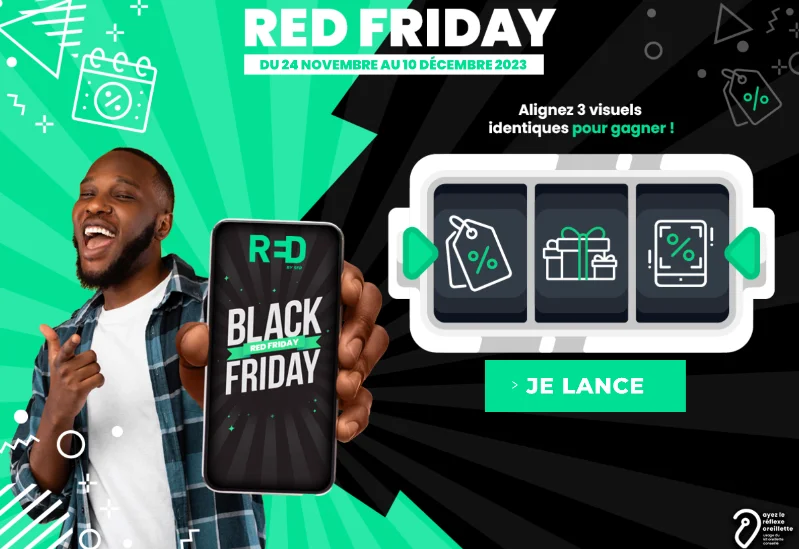
2. Engage your community during Black Friday with a Shopping List
To engage existing customers during Black Friday, brands can rely on gamification mechanics highlighting their products. The idea here is to discover its offer in a fun way, the aim is also to collect customer preferences in order to offer more targeted product recommendations. The challenge is also to offer attractive prizes that capture the audience’s attention and make them want to participate.
Git, for example, offered its community the chance to win an exceptional basket made up exclusively of items that participants had already selected using a shopping list..
Pendant toute la semaine précédant le Black Friday, les acheteurs pouvaient ainsi tenter leur chance et remporter leur wishlist au tirage au sort.
3. Boost Black Friday sales with coupons
For Black Friday marketing campaigns to bear fruit, brands need to find effective levers to redirect their audience to their website (or in-store for a drive-to-store campaign).
Oui SNCF, for example, took advantage of its Black Friday gamification campaign (a one-armed bandit) to distribute 15-euro e-coupons. Participants could then win a voucher, to be used on the company’s website or app for their next booking.
With more than 2K clicks driven to its site, Oui SNCF boosted sales over the period..
Mais en plus de générer du CA pour le Black Friday, l’entreprise en a aussi profité pour collecter des adresses emails et des optins afin d’enrichir son CRM.
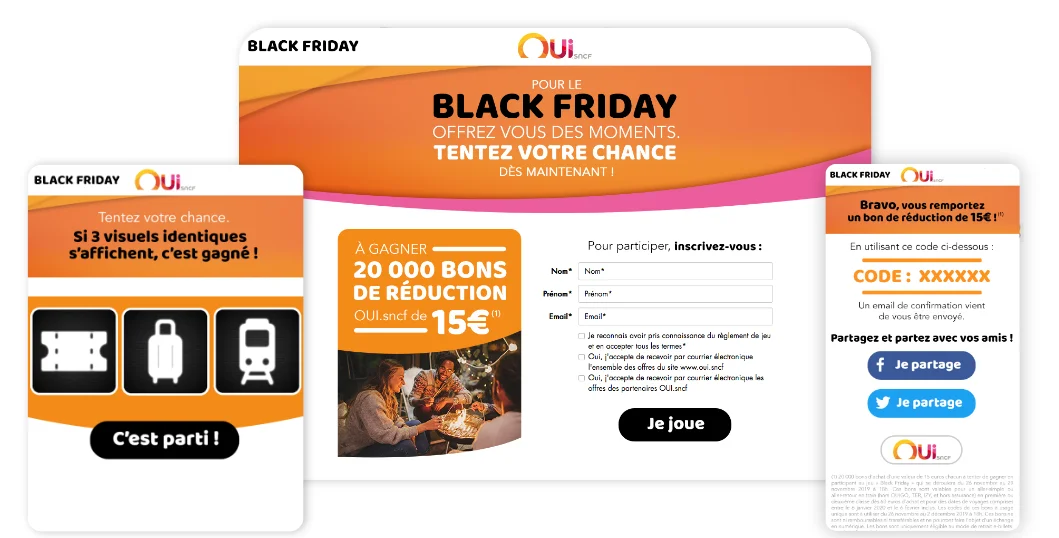
Conclusion
Gamification is one of the most effective strategies for creating an impactful marketing campaign. By choosing a playful, interactive mechanism to animate your audience, you can not only present your discounts more effectively, but also significantly boost your sales. Discover our catalog of playable formats to boost your Black Friday marketing strategy.



